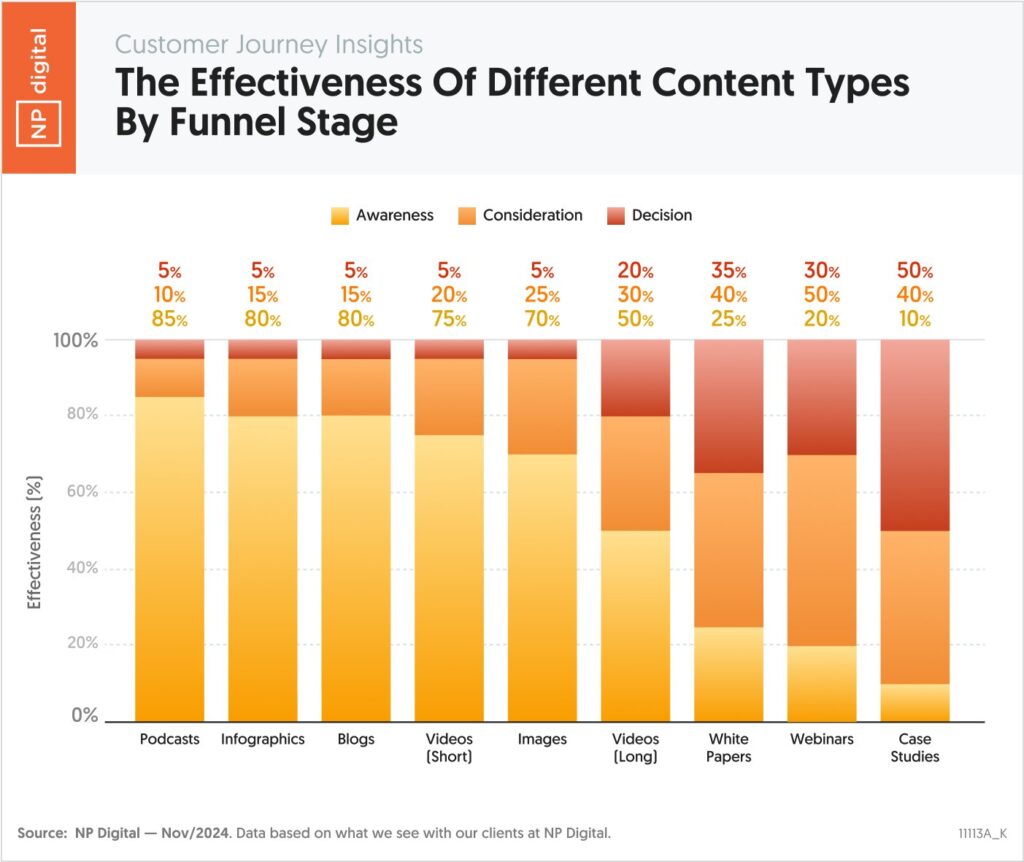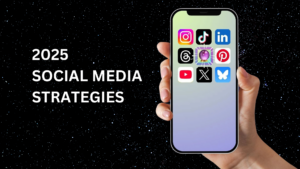
Best Practices for Building a Brand Presence on YouTube
Updated Best Practices for Building a Brand Presence on YouTube (2025) YouTube continues to be a dominant platform for video content, offering businesses unparalleled opportunities
AI DIGITAL MARKETING AGENCY

Why This Matters for Your Business: These formats work well for awareness because they’re easily digestible and shareable. If you’re a small business looking to increase brand visibility, these content types give you the most bang for your buck at the awareness stage.
Quick Tip: Start with a blog if you’re resource-constrained. It’s typically the most cost-effective to produce and can serve as source material for both podcasts and infographics later.
Making It Work for You: This is where you begin educating your audience about solutions. For small businesses, short videos and images can be particularly effective as they don’t require the same resource investment as long-form videos but still drive engagement.
Pro Tip: Use your smartphone to create short, authentic videos explaining your products or services. Today’s audiences often prefer genuine content over high-production value.
Strategic Implementation: For small businesses, case studies should be your priority at this stage. They’re relatively straightforward to create—simply document your success stories with existing clients. They also show the highest effectiveness for driving decisions.
Braveheart Digital Marketing is an award-winning marketing agency based in Manchester NH. We specialize in SEO, PPC and Social Media.

Updated Best Practices for Building a Brand Presence on YouTube (2025) YouTube continues to be a dominant platform for video content, offering businesses unparalleled opportunities

Best Practices for Building a Brand Presence on Instagram (2025) Instagram continues to dominate as a platform for visual storytelling, brand development, and audience engagement.

10 Proven Social Media Strategies to Dominate in 2025 In the dynamic landscape of 2025, mastering social media requires a strategic approach tailored to evolving

Updated Best Practices for Building a Brand Presence on X (2025) X (formerly Twitter) continues to be a powerful platform for real-time conversations, customer engagement,

Updated Best Practices for Building a Brand Presence on LinkedIn (2025) LinkedIn remains the premier platform for professional networking and B2B marketing, offering businesses unparalleled

Best Practices for Building a Brand Presence on Facebook (2025) Facebook remains a cornerstone of digital brand building, offering businesses unparalleled opportunities to connect with